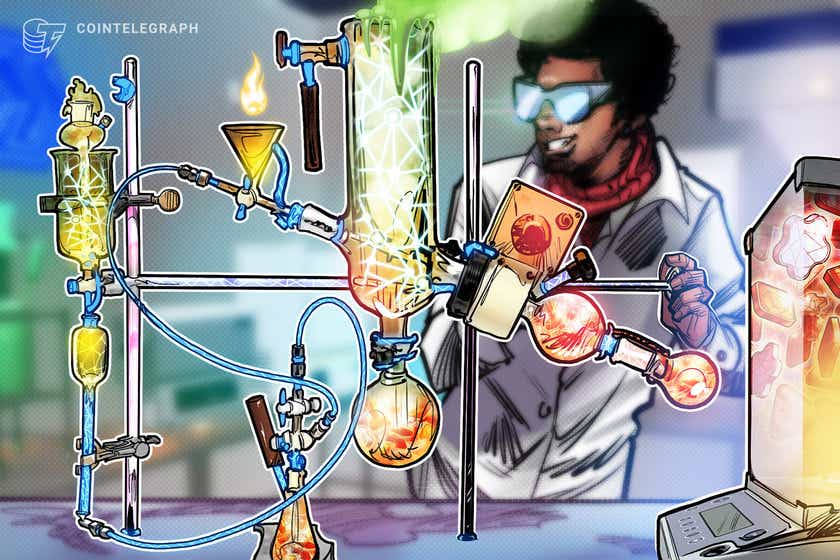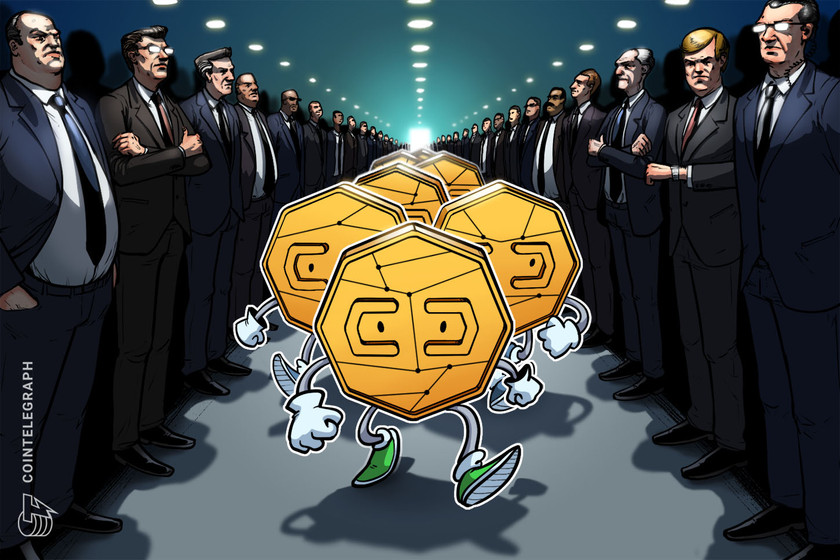Analysts identify 3 critical flaws that brought DeFi down
The cryptocurrency market has had a rough go this year and the collapse of multiple projects and funds sparked a contagion effect that has affected just about everyone in the space.
The dust has yet to settle, but a steady flow of details is allowing investors to piece together a picture that highlights the systemic risks of decentralized finance and poor risk management.
Here’s a look at what several experts are saying about the reasons behind the DeFi crash and their perspectives on what needs to be done for the sector to make a comeback.
Failure to generate sustainable revenue
One of the most frequently cited reasons for DeFi protocols struggling is their inability to generate sustainable income that adds meaningful value to the platform’s ecosystem.
Fundamental Design Principles for DeFi:
– If the protocol doesn’t work without a reward token, it’s a Ponzi scheme
A reward token should not be necessary for a protocol to function. That means the protocol is not a revenue generating business.
— Joseph Delong* (@josephdelong) May 23, 2022
In their attempt to attract users, high yields were offered at an unsustainable rate, while there was insufficient inflow to offset payouts and provide underlying value for the platform’s native token.
This essentially means that there was no real value backing the token, which was used to payout the high yields offered to users.
As users began to realize that their assets weren’t really earning the yields they were promised, they would remove their liquidity and sell the reward tokens. This, in turn, caused a decline in the token price, along with a drop in the total value locked (TVL), which further incited panic for users of the protocol who would likewise pull their liquidity and lock in the value of any rewards received.
Tokenomics or Ponzinomics?
A second flaw highlighted by multiple experts is the poorly designed tokenomic structure of many DeFi protocols that often have an extremely high inflation rate which was used to lure liquidity.

High rewards are nice, but if the value of the token being paid out as a reward isn’t really there, then users are basically taking a lot of risk by relinquishing control of their funds for little to no reward.
This largely ties in with DeFi’s revenue generation issue, and the inability to build sustainable treasuries. High inflation increases token supply, and if token value is not maintained, liquidity leaves the ecosystem.

Related: Bear market will last until crypto apps are actually useful: Mark Cuban
Overleveraged users
The overuse of leverage is another endemic DeFi problem and this flaw became crystal clear as Celsius, 3AC and other platforms invested in DeFi began to unravel last month.
Users who staked these inflationary tokens to over-leverage their positions got liquidated as prices dipped due to market sell-offs.
This led to a death spiral for the protocol. @Wonderland_fi is one such protocol where users leveraged $TIME to borrow $MIM and got liquidated
— Magik Invest ✨ (@magikinvestxyz) June 28, 2022
These liquidations only exasperated the downtrend that many tokens were already experiencing, triggering a death spiral that spread to CeFi and DeFi platforms and a few centralized crypto exchanges.
In this sense, the onus really falls on the users for being over-leveraged without a solid game plan on what to do in the eventuality of a market downturn. While it can be a challenge to think about these things during the height of a bull market, it should always be something in the back of a trader’s mind because the cryptocurrency ecosystem is well known for its whipsaw volatility.
The views and opinions expressed here are solely those of the author and do not necessarily reflect the views of Cointelegraph.com. Every investment and trading move involves risk, you should conduct your own research when making a decision.









